by
It's big, bad, and beautiful. It is also very easy to start playing. Flying
Pigs hits another one out of the park with this one. I was sent the
entire Kickstarter kit and caboodle by Flying Pigs to inspect, thank you very
much, you self-propelled porcines. I will go through the three pieces separately in this
review. What I received was:
Platoon Commander Deluxe: The Battle Of Kursk
Tracks In The Mud
Platoon Commander Deluxe: The Battle Of Kursk Strategy Guide
The
first thing I noticed when opening the box is how extremely well done
all the components are. The next thing I did was to pick up what I
thought would be a heavy sturdy many paged rulebook. Imagine my surprise
when it turned out to be only nineteen pages long. Included in those
pages are the twelve scenarios and the credits. The rules are only nine
and a half pages long!!! How can a tactical game have only that many
pages. Most tactical games have that many pages of errata. There are
however many nuances in the rules that you have to carefully read. Take,
for instance, one rule about stacking and movement. Rule 1.3 Stacking:
"Up to two units may stack in a hex. Stacking limitations apply at all times".
This
means that unlike many other games, stacking is not checked at the end
of the turn. Only two units may be in any hex at one time during the
full turn. So you cannot park two units in that hex, and then continue
to move other units through that hex. So as the Strategy Guide says, "be
careful about causing traffic jams".
You can see the sequence of play on the following sheet.
This is what comes in the box:
252 colorful, one inch square die-cut counters
Two mounted 17" x 22" geomorphic game maps
18 playing cards
3 x player's aid cards
Full-color rules and scenario booklet
The
game plays like you would expect. The rules are easy to pick up, and you
will be deciding the fate of your troops in Operation Citadel in no
time. Now, don't think that the brevity of the rules leaves you with a
simple game. The rules and game give you the full panoply of a tactical
World War II game. The cards can be used for barrages and for aerial
strikes among other options. Here is a list of the card options.
The
game allows you to play with Tigers, Ferdinands, and Panthers along
with the "animal killer" Su-152. So now we go onto the expansion Tracks
in the Mud. Ah, the smell of cardboard representing heavy metal! This comes with this list of bad boys to play with:
Jagdtiger
King Tiger
Jagdpanther
T34/85
IS-3
IS-2
Pershing
Easy-Eight Sherman's
Two what if American versus Russian scenarios
Six scenarios in all
This is just the icing on the cake. The addition of the ability to play with these monsters is a tactical dream come true.
With this already great pack you also get the The Battle of Kursk Strategy Guide. This guide is even longer than the rules and scenario booklet. Stacking, close assault, and fire combat etc. are gone through so that the player is spoon fed what he needs to know. Although to be honest, anyone who has played a tactical game or two should get the hang of the game in no time flat.

The game play is abstracted so that it gives you a great tactical feel without getting all bogged down in the rules. The close combat rules seem to make a lot of sense. First, the attackers are not in the same hex like most games, so you can use units from multiple hexes to attack. The rules also give you a flanking bonus due to the multiple venues of attack. This would seem in line with real world tactical doctrine. The AFV combat also has some nuances that not only make gameplay faster, but just seem right. What would you rather do on game night? Stare at the rules and fight over the rulebook or get to it? Those who love tactical minutiae should stay clear of this game. However, those of you looking for a good game that is tense, quick, and challenging, come on down. Simple, but deep tactics, and loads of new shiny AFVs to play with, what more do you want? You are free to argue to your heart's content about the various factors on the AFVs assigned by the designer. That is, once you have played it at least once.
This is a link to game and expansion:
https://flyingpiggames.com/t/platoon-commander-deluxe
Robert
This is a blurb from the designer:
So, What's Different?
I hear that a lot. With all the tactical games on the market, what makes Platoon Commander Deluxe: Kursk different?
Clutterless counters. PCD:K uses color to determine a weapon's range.
For example, an Armor Piercing factor printed on gold indicates that
the weapon can fire normally at a target up to four hexes away.
Unique phasing. Players alternate attacking in the Fire Phase, but move all their units at once during the Movement Phase.
Flanking Friendly Close Assault Phase. Units do not enter the hex of the
Close Assault target, but rather attack from adjacent hexes. This
allows the attacker to not only amass the overwhelming odds needed to
take that key position, but also attack from multiple directions, which
provide a flanking bonus. Additionally, alternating attacks in the Close
Assault phase allow defenders to conduct true spoiling attacks.
Ranged combat results are based not only an the target's armor factor
and terrain, which determine the column on which the attack is executed,
but also the target unit's morale which determines how many hits
affected the target.
Artillery is card driven. Neither player knows the other's artillery
capability by glancing at a scenario card. Artillery barrages are
determined by Action Cards.
Action Cards. PCD:K is not card driven, but rather card assisted. The
Action Cards provide artillery, rally units, provide combat bonuses, and
even unexpected Opportunity Fire shots.
Focus and Aid Markers. These markers allow players to influence the
battle much as their real life counterparts would. Players may choose to
focus on a specific area, providing combat bonuses, or provide
additional aid to those disrupted by fire.

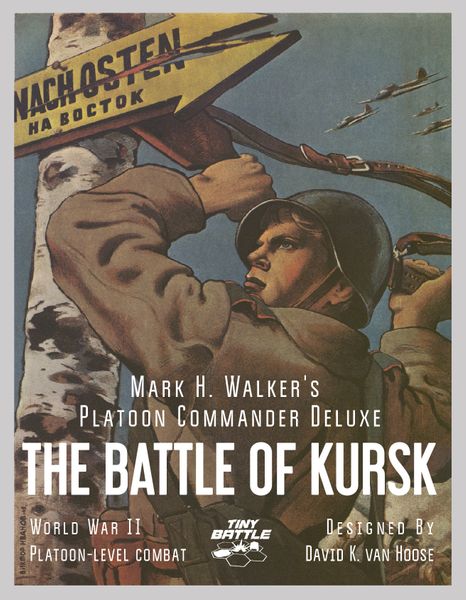














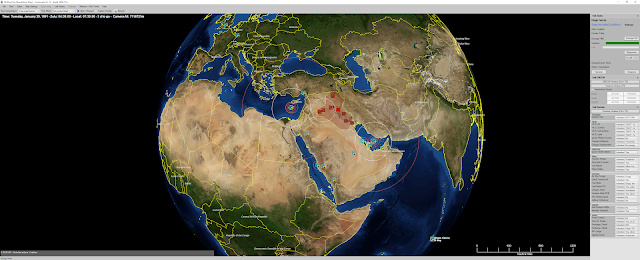
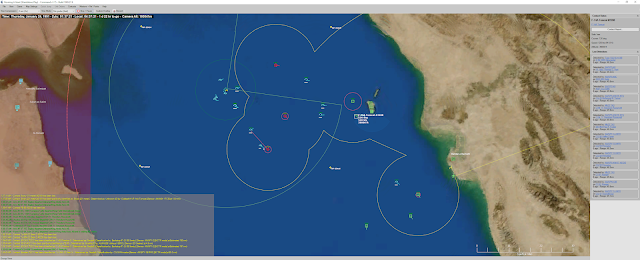




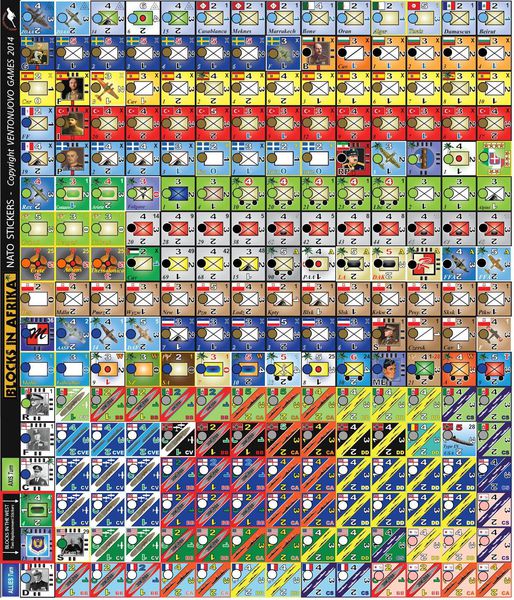
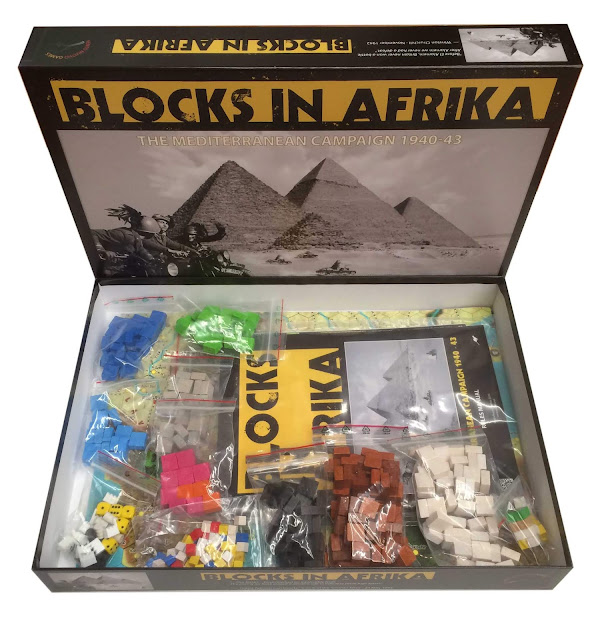
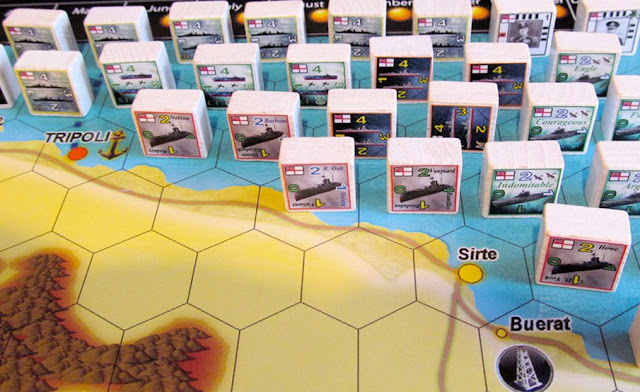





Follow Us